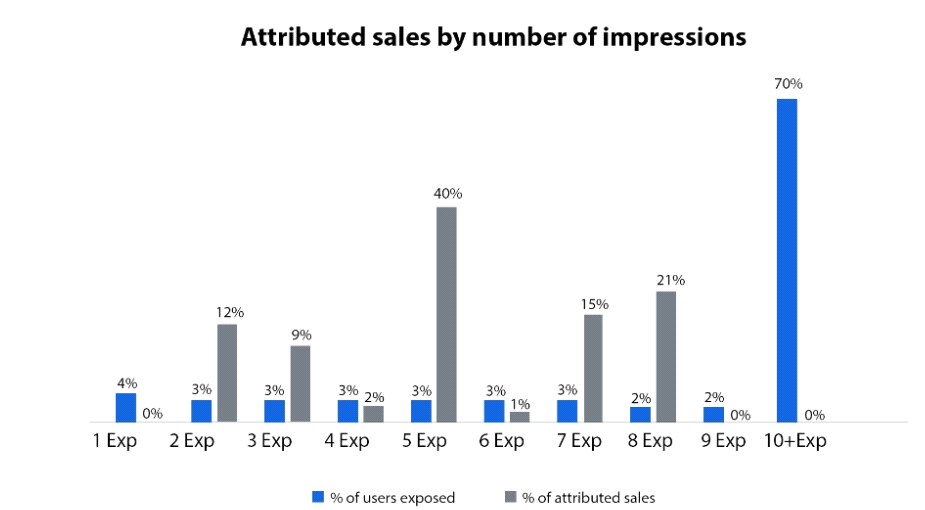At ValidExamDumps, we consistently monitor updates to the Facebook Blueprint 200-101 exam questions by Facebook Blueprint. Whenever our team identifies changes in the exam questions,exam objectives, exam focus areas or in exam requirements, We immediately update our exam questions for both PDF and online practice exams. This commitment ensures our customers always have access to the most current and accurate questions. By preparing with these actual questions, our customers can successfully pass the Facebook Blueprint Facebook Certified Marketing Science Professional exam on their first attempt without needing additional materials or study guides.
Other certification materials providers often include outdated or removed questions by Facebook Blueprint in their Facebook Blueprint 200-101 exam. These outdated questions lead to customers failing their Facebook Blueprint Facebook Certified Marketing Science Professional exam. In contrast, we ensure our questions bank includes only precise and up-to-date questions, guaranteeing their presence in your actual exam. Our main priority is your success in the Facebook Blueprint 200-101 exam, not profiting from selling obsolete exam questions in PDF or Online Practice Test.
A brand that has traditionally focused on TV campaigns has recently started advertising on digital channels like Facebook and YouTube. The brand manager has advised the company to invest in developing mobile-optimized creative and that its TV ads are too long to perform well online.
A post-campaign analysis was run to assess the relationship between complete video views and video duration in order to make the case that videos with shorter duration tend to achieve a greater number of complete views.
This scatter plot demonstrates the findings of the analysis.

How many of these data points are likely to skew the findings of this analysis?
An analyst wants to measure a campaign that is delivering across Facebook and Paid Search. The client wants to understand the causal sales impact of each channel. Which methodology should the analyst use?
A snack retailer runs an eight-week video campaign with attributed sales. The campaign targets snack lovers, gamers, and millennials. The test results are as follows:

What should the company test using experimental design to improve efficiency in number of exposures?
A large ecommerce company wants to know which of its two creative strategies is generating the highest number of conversions. It already knows that both strategies generate significant lift compared to a holdout group.
What measurement solution should be used?
A charity organization is in the process of allocating advertising budget to cross-publisher video campaigns. In order to assess which platform is generating the highest return or aci spend, it reviews results in Facebook Attribution, using an even-credit model for cross-publisher campaigns arc the data-driven attribution model for its Facebook campaigns.
In addition to this, the charity ran a multi-cell Brand Lift test to test different creative messaging with a custom audience based on website visitors who did NOT sign up to donate or receive regular emails.
Which two KPIs should be used to provide meaningful insights? (Choose 2)